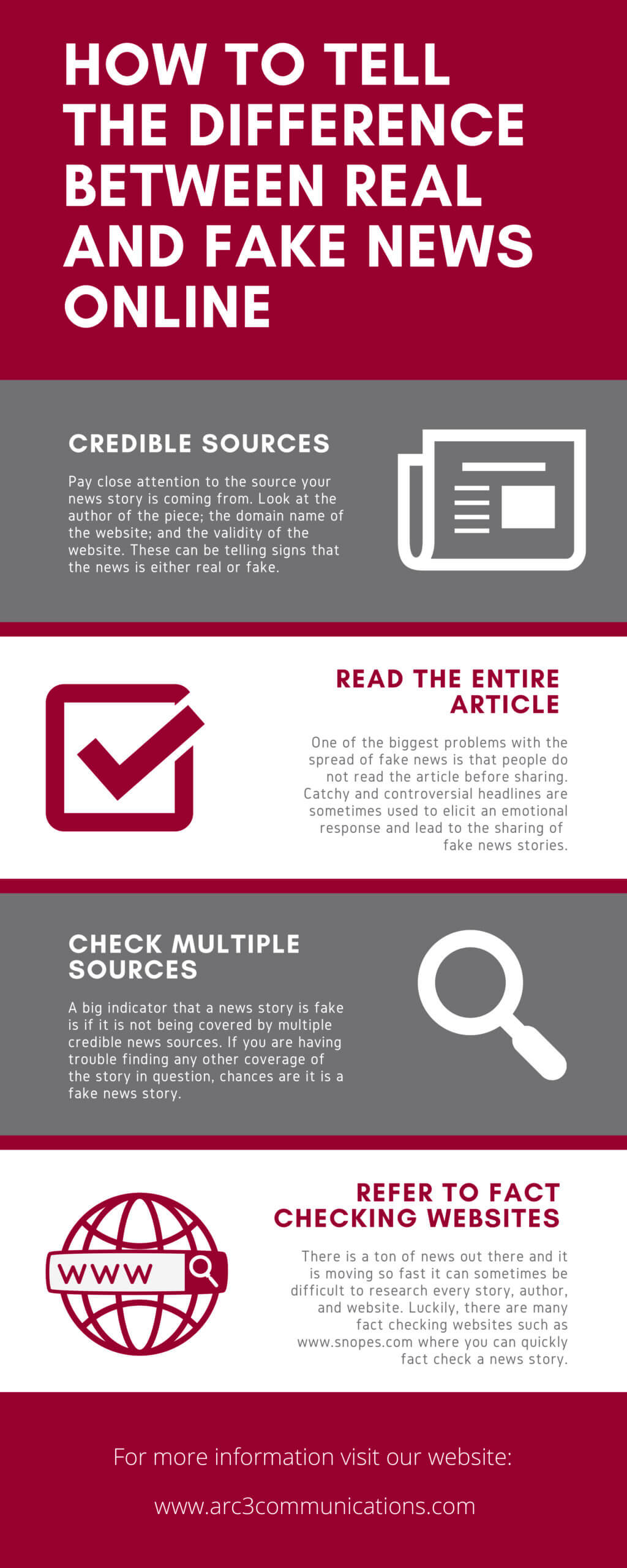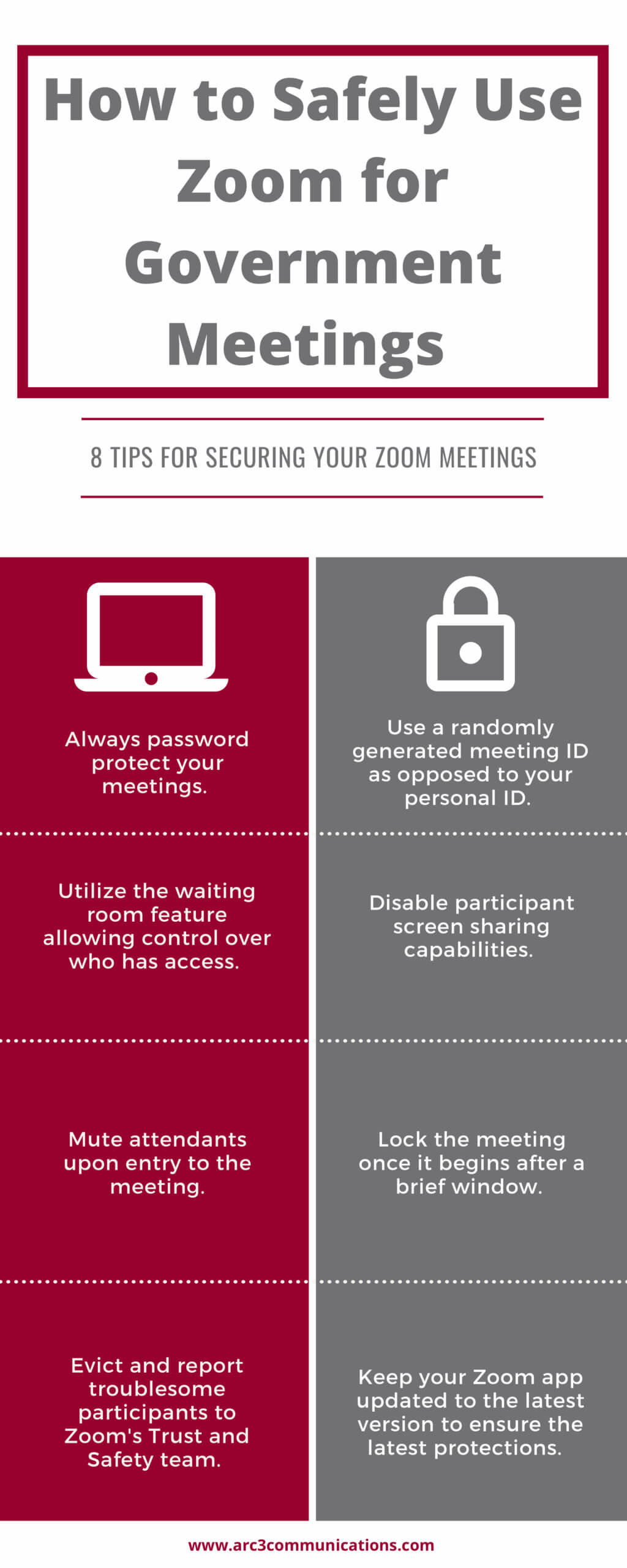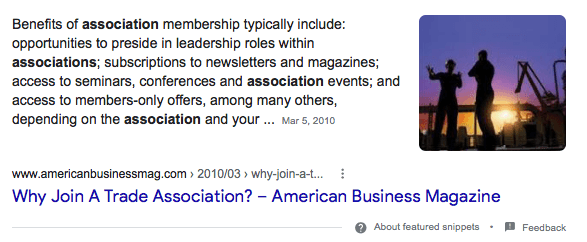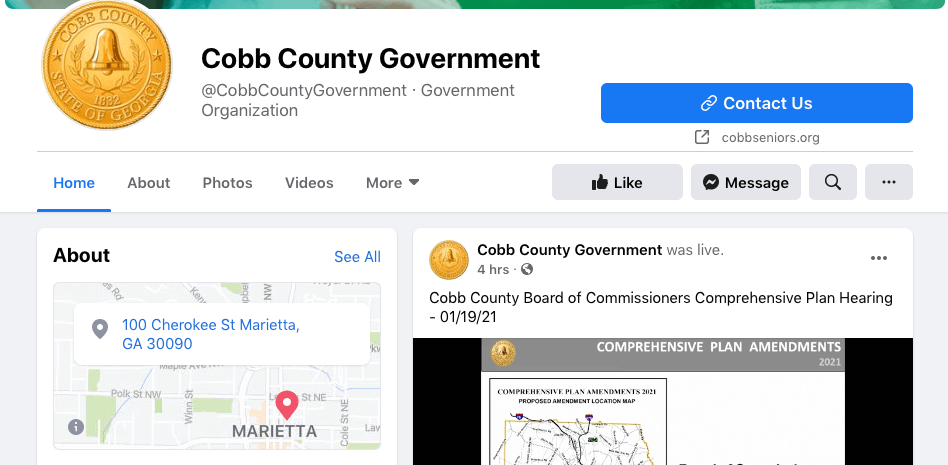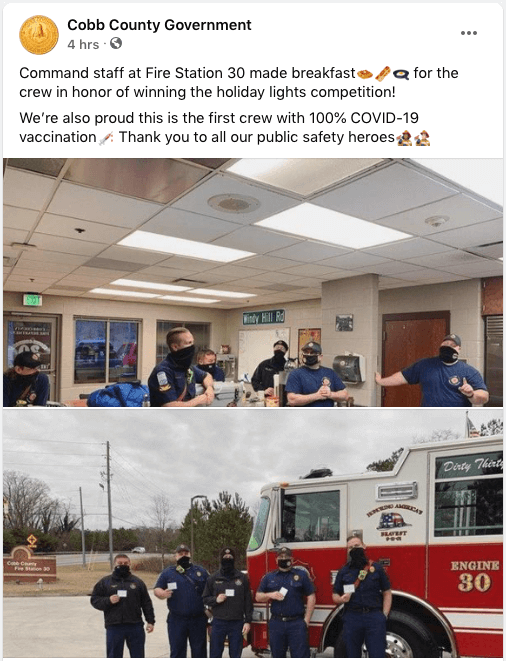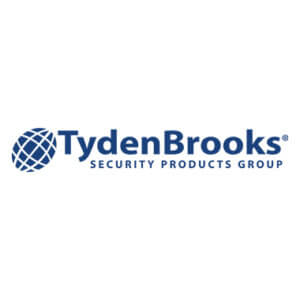 TydenBrooks is the global leader in security seals and custom security solutions. Security seals are tamper-evident mechanisms used to seal cargo in transit in a way that provides tamper evidence and some level of security. These seals can help detect theft or contamination and are used on all forms of cargo shipments including by truck, rail, sea, and air. As a 147-year-old brand and the global leaders in their industry, TydenBrooks was looking to put in place a successful content marketing program that included owning the industry’s thought-leadership space as well as running successful social media, e-mail marketing, and digital ad campaigns. The end goal of this strategy would be to generate leads and increase traffic to the e-commerce website.
TydenBrooks is the global leader in security seals and custom security solutions. Security seals are tamper-evident mechanisms used to seal cargo in transit in a way that provides tamper evidence and some level of security. These seals can help detect theft or contamination and are used on all forms of cargo shipments including by truck, rail, sea, and air. As a 147-year-old brand and the global leaders in their industry, TydenBrooks was looking to put in place a successful content marketing program that included owning the industry’s thought-leadership space as well as running successful social media, e-mail marketing, and digital ad campaigns. The end goal of this strategy would be to generate leads and increase traffic to the e-commerce website.
TydenBrooks hired Arc 3 Communications to create a content marketing program that would place them as the thought leaders in the industry. Through a combination of content, email marketing, digital ad campaigns, and SEO, Arc 3 was able to build and put into place a successful program that resulted in leads, sales, increased brand awareness and new product launches. The process began with a content audit of TydenBrooks’ existing content efforts. A strategy session was then held with the marketing and sales team to identify goals, audiences, and objectives. From there a content marketing strategic plan was created and put into play.
Content marketing strategy included website content in the form of weekly thought leadership content geared toward their target audience. The topics of these blog posts would vary by month based on vertical focus. Keywords were strategically used in each piece to drive SEO. These blog posts were then uploaded to the website, shared across social media channels. Arc 3 also created and distributed a monthly e-newsletter that ensured customers were informed of new products as well as the latest trends in cargo and supply chain security. These newsletters helped drive leads and increase traffic to the website and social media channels.
Arc 3 set up digital ad campaigns for TydenBrooks through Google Ads and LinkedIn. After conducting intensive keyword research, an extensive SEM campaign was created promoting TydenBrooks products and services. Through a combination of text and display ads that included a retargeting campaign, these campaigns earned the client strong ROI.
Content from weekly blog posts were also utilized as sponsored content geared toward the industry vertical it pertained to using LinkedIn ads. Through LinkedIn, specific industries, or even specific job titles were targeted to make sure the ads get to potential customers who are most likely to click through. These ad campaigns brought in quality leads through newsletter sign-ups.
TydenBrooks now owns the thought-leadership space for their industry, further cementing their place as the global leaders. Its extensive archive of evergreen content that includes blog posts, case studies, and infographics is a resource for everyone in their industry. TydenBrooks content journey has not only resulted in an increase in leads generated and traffic to the website, but ultimately an increase in sales and revenue.


